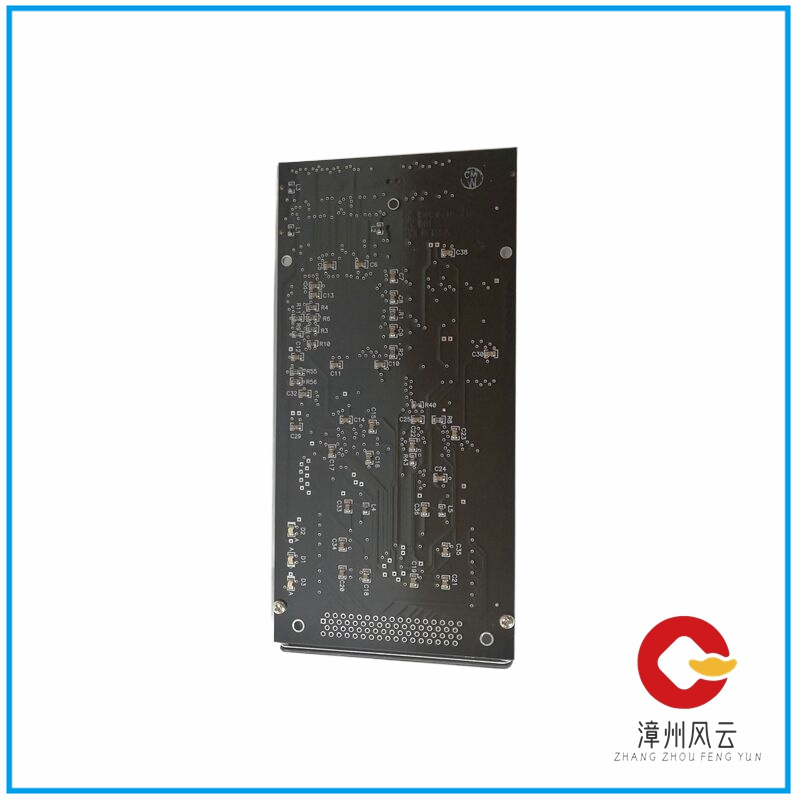When it comes to large thermal power plants, what is everyone’s first impression?
Is the factory area too large and there are too many equipment? Or is the boiler too large and the chimney too high? At present, some thermal power plants in China have low thermal efficiency, and the thermal efficiency of coal-fired boilers is only 55-74%, which has great energy-saving potential.

Henan Thermal Power Co., Ltd. is a subsidiary of a large aluminum industry group in Henan. It is a self owned power plant of the group and is responsible for supplying power to the production equipment in the factory area. At present, the thermal power plant is equipped with two 25MW coal-fired power generation units, which provide steam to the steam turbine for power generation from two boilers. Each boiler is equipped with one induced draft fan, one primary fan, and one secondary fan. The fans are driven by power frequency and the air volume is adjusted through the inlet damper. Due to the margin left in the system design, the actual required air volume for operation is lower than that of the power frequency constant speed air volume, and the air door opening is between 40% and 60%, resulting in significant energy waste.
Controlling pressure and air volume is a challenge, and the heating company chooses frequency conversion transformation
The purpose of the induced draft fan operation is to extract the flue gas from the boiler and maintain negative pressure in the furnace. If the negative pressure in the furnace is too small, it is easy for the furnace to spray powder outward, which not only affects environmental hygiene but also may endanger the safety of equipment and operators; The negative pressure is too high, causing an increase in furnace air leakage, which increases the power consumption of the induced draft fan and the heat loss caused by the flue gas.
Therefore, controlling the size of the induced air flow and stabilizing the negative pressure value of the furnace are of great significance for ensuring the safety and economic operation of the boiler.
The primary fan is the main power source of the boiler fuel conveying system. To ensure good working conditions and high thermal efficiency of the boiler, it is necessary to adjust the primary air volume in a timely manner according to changes in coal quality and load during operation, and to reasonably distribute air according to fuel combustion, changes in bottom material fluidized bed temperature, and material layer differential pressure.
If the air distribution is too low, the fuel cannot be fully burned, and if the time is slightly longer, there is also a risk of coking; Excessive air flow can cause a decrease in bed temperature, which also hinders the full combustion of fuel and increases the heat loss of exhaust gas.
The four fans of a certain heating company in Henan province all use damper dampers to regulate flow, and the starting method is direct starting; At the same time, the customer requested the manufacturer to carry out a project general contracting, including the construction of a frequency converter room, electrical construction, DCS system renovation, and the construction of an air and water cooling system, ultimately achieving the frequency conversion renovation of the fan system.
Yingweiteng provides a turnkey solution to solve customer difficulties in one go
In response to customer needs, Yingweiteng provides a complete turnkey solution for civil engineering, electrical drive, air and water cooling system, remote operation and monitoring, etc., to solve customer difficulties in one go.
Civil engineering plan
After multiple on-site inspections and repeated communication with customers, Yingweiteng provides a reasonable civil engineering plan. A brick and concrete structure house with a length of 20 meters, width of 5 meters, and height of 4 meters will be built outside the original electrical room. Four frequency converters will be arranged in a row, while fully considering design factors such as load-bearing capacity, waterproofing, cable trench, air and water cooling device, and door and window reservation on the top floor of the house.